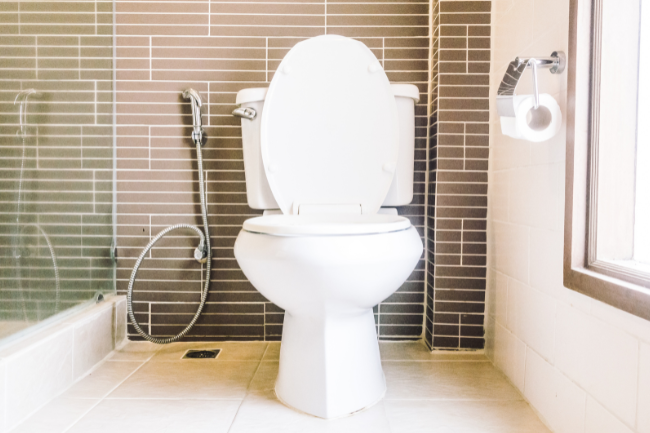Maintaining a water-saving toilet is crucial for ensuring it operates efficiently, conserves water, and lasts for years. With growing awareness around environmental conservation and rising water costs, it is vital to understand the importance of keeping these modern toilets in top shape. Let's dive into some essential maintenance tips for your water-saving toilets.

Understanding Your Water-Saving Toilet
A water-saving toilet is a great addition to any home focused on conservation. These toilets use significantly less water than older models while providing the same flushing capacity. Many homes now opt for dual flush toilets which offer two options for flushing, allowing further customization for water usage. To understand more about their workings, you might be interested in their mechanisms.
Regular Maintenance Practices
Regular maintenance of these toilets can prevent small issues from becoming costly repairs. It's advisable to consistently check for loose plumbing fittings and replace worn parts promptly. For more details on the benefits, you can visit this comprehensive guide.
Inspect and Replace Wearable Parts
Inspecting flappers and seals regularly can help prevent leaks, which are common culprits of wasted water. Ensuring these components are functioning properly is key to maintaining your toilet's water-efficiency. Replacing them at the first sign of wear will save water and money in the long run.
Clean Components to Prevent Build-Up
Cleaning the toilet components such as the bowl, rim, and tank is crucial. Build-up of minerals and grime can affect performance and water flow. Non-abrasive cleaners are best to avoid damaging sensitive parts. For more tips, you might consider reading about ways to reduce toilet water usage.
Troubleshooting Common Issues
Understanding common issues can help in diagnosing problems early, preventing further damage. Overflowing water, inadequate flushing, and continuous running water are typical issues.
Adjusting the Water Level
If you notice an inadequate flush, the water level in the tank may be low. Adjusting the fill valve can generally fix this problem, ensuring enough water reaches the bowl during each flush.
Check for Sediment Build-Up
Over time, sediment can build up in the inlet valve, restricting water flow. Regular cleaning and flushing of the system can prevent this and ensure optimal performance. More insights can be found in the detailed description of Dual Flush Toilet Advantages.
Concluding Thoughts
Properly maintaining your water-saving toilets ensures they remain efficient, thereby saving you money and conserving our precious water resources. Engage with these tips regularly for a hassle-free and environmentally responsible toilet maintenance routine.

FAQ
Why should I maintain my water-saving toilet regularly?
Regular maintenance prevents leaks and costly repairs while ensuring the toilet remains efficient, saving water and reducing bills.
How often should parts be inspected and cleaned?
Monthly inspections and cleaning are recommended to prevent build-up and maintain efficiency.
Where can I find more detailed water-saving advice?
Explore more water-saving advice here to learn about sustainable practices.






